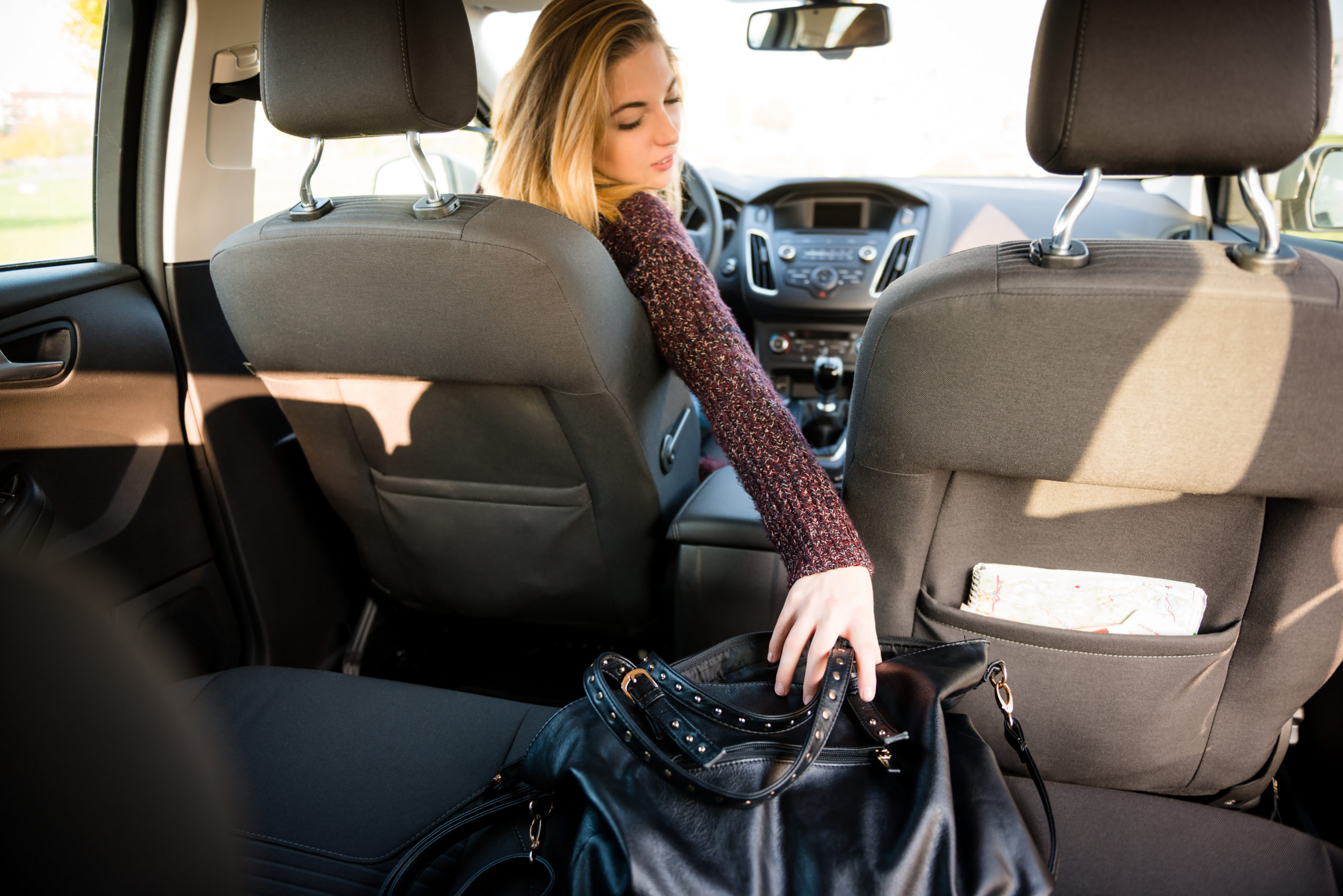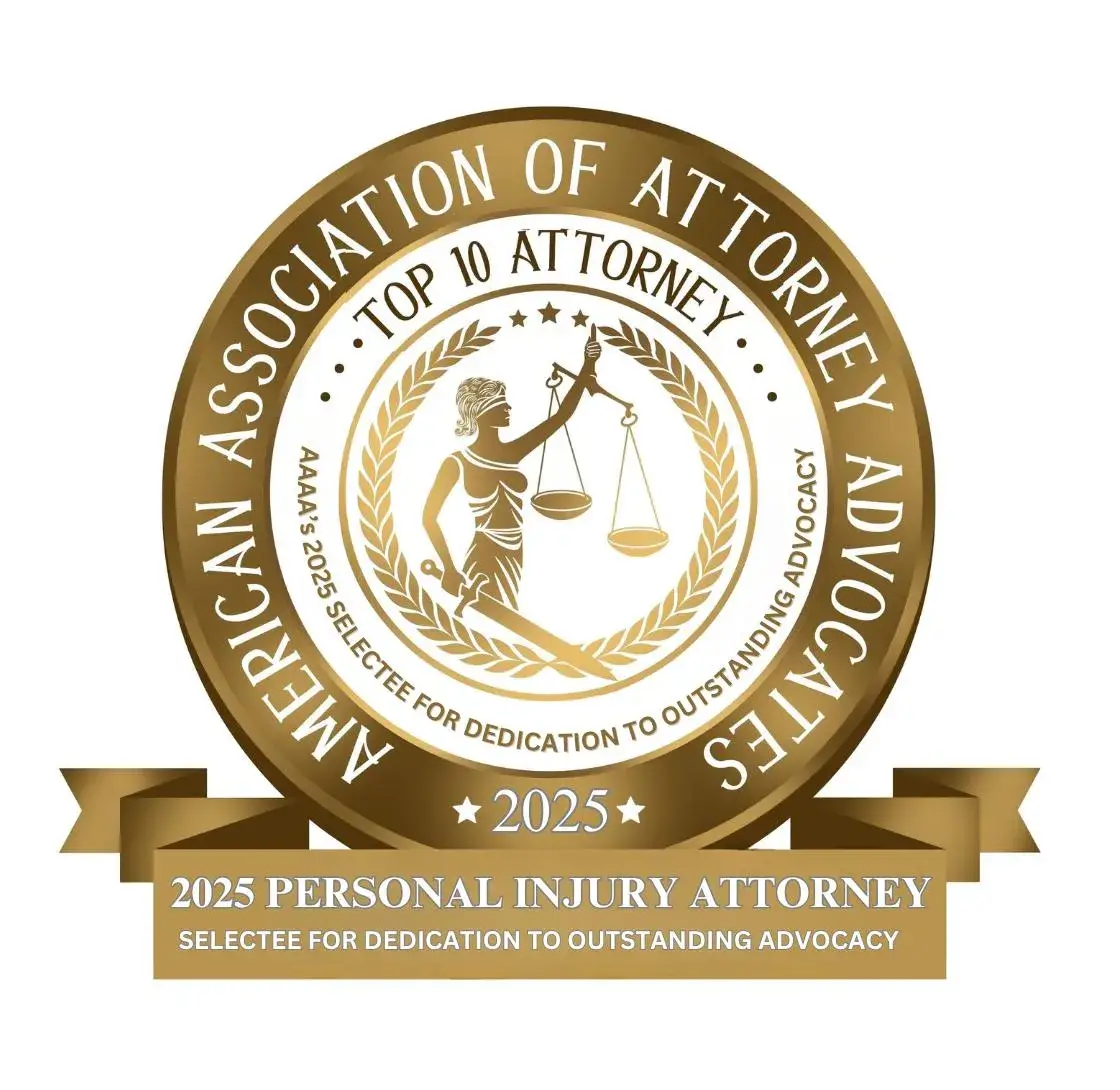New Jersey Seniors Most At Risk for Pedestrian Accidents
Pedestrians age 60 and older in New Jersey are more likely to be involved in fatal car accidents than any other age group, according to recent research.
According to the Tri-State Transportation Campaign, pedestrians age 60 and older were killed at a rate of 2.85 per 100,000 state residents from 2003 to 2012. During that same time frame, younger pedestrians were killed at a rate of 1.46 per 100,000—a little less than half the rate of older pedestrian fatalities.
New Jersey outpaces the national average in terms of pedestrian fatalities, both for pedestrians over 60 and those younger. New Jersey senior pedestrians are 28 percent more likely to be killed in a pedestrian accident (2.85 per 100,000 residents vs. 2.23 per 100,000 residents), and the New Jersey average of 1.46 younger pedestrian fatalities is slightly higher than the national average of 1.40.
In order to combat these troubling numbers, New Jersey lawmakers are working to make the roads safer for all pedestrians.
“In 10 years, the share of New Jersey residents 60 and older increased from 17.3 percent of the population to 19.7 percent – 2.4 percentage points,” said Renata Silberblatt, a senior analyst for the Tri-State Transportation Campaign in an NJ.com article. “As our population ages, it is imperative for municipalities and state officials to design communities with the needs of active older residents in mind.”
Under New Jersey Statute 39:4-36, drivers are required to stop for pedestrians in a marked crosswalk, and failure to do so could result in a $200 fine, 15 days of community service, insurance surcharges, and 2 points on your driving record. In addition to these statutory penalties, lawmakers are working on other pedestrian-focused initiatives around the state, including:
- Prioritizing funding for “complete streets” projects, which make roadways safer for both pedestrians and cyclists
- Enhancing penalties for drivers who cause pedestrian accidents (particularly fatal ones)
- Making roadway improvements a priority in areas with high concentrations of
- pedestrian accidents or seniors
- Reducing walking distances by encouraging transit-oriented housing developments
These measures are designed to reduce the overall number of pedestrian accidents and fatalities, which continue to plague communities throughout the U.S. More than 4,280 pedestrians were killed in car accidents in 2010, and another 70,000 were injured. With one pedestrian injury every 8 minutes and one death every two hours, there is certainly more work to be done to ensure the safety of all pedestrians—and particularly senior pedestrians—nationwide.
Pedestrian accidents are most common when drivers are impaired or inattentive. Nearly half of all pedestrian deaths involve an alcohol-impaired driver or pedestrian. Nearly 13,000 people (drivers and pedestrians included) nationwide are killed every year in alcohol-related accidents, and alcohol consumption certainly contributes to the issue of pedestrian safety.



















